Craft in Style Subscription Instructions, DIY
How to Turn Acrylic Paint into Fabric Paint
This is Part 2 of the 4th of July Cookout Craft Kit by Pop Shop America. Remember that you will want to finish Part 1: Red, White, and Blue Wooden Serving Spoons before turning your acrylic paint into fabric paint. Once it’s turned to fabric paint, it doesn’t turn back!
Let me tell you a little secret. Acrylic paint works as fabric paint. It’s permanent. The color is rich and vibrant. It’s washer and dryer safe. The only issue is that acrylic paint can be a little too thick for wood block fabric printing. It can be too thick for screen printing. It’s best for hand painting on fabric only.
But there’s a quick and easy way you can turn any acrylic paint into fabric paint. Here’s how.
Why turn Acrylic Paint into Fabric Paint?
Let’s take a moment to consider the big picture. Why in the world would we even want to turn acrylic paint into fabric paint?!
1. To Save Money and Space in Storing Your Craft Supplies
First, I’m always looking for ways to space save since I am filled to the brim with craft supplies. Why double up on storing similar items? Why spend twice as much money to have more items to store? Instead, this will help you streamline.
2. To Match Items that Need Different Types of Paint
If you need to match items with different materials, this is a great way to do it. For example we’re matching this set of Red, White, and Blue Kitchen Utensils to these Tea Towels here.
3. Fabric Paint comes in Large Containers and is Pricey
Fabric paint starts at around $20 per container, which can add up if you are using multiple colors. And the containers are fairly large which is a lot to store. Plus you may not need the volume of fabric paint that comes in the container.
How to Turn Acrylic Paint into Fabric Paint
To turn acrylic paint into fabric paint, all you need is one simple supply: Fabric Medium. My favorite is this Liquitex Fabric Medium that’s also shown below. It’s a tried and true brand, and is my go to for any medium: pouring medium, matte medium, and more.
To make fabric paint, get a painter’s palette or bowl ready. Just add the fabric medium to the paint in about a 2 part fabric medium to 1 part paint ratio. It doesn’t have to be measured perfectly, instead look for a specific consistency of paint that we describe below.
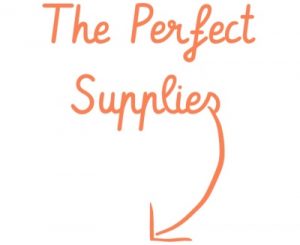
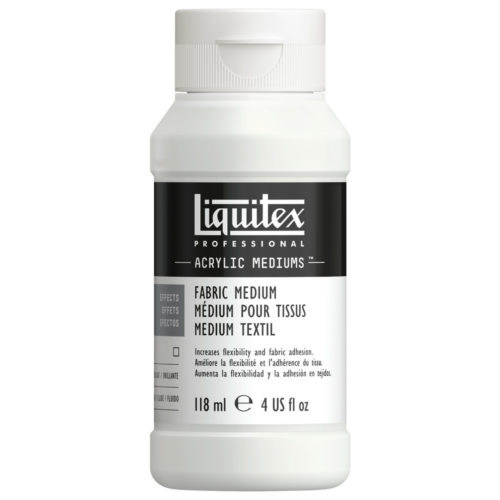
How Thick Should Fabric Paint Be?
Fabric paint should be the consistency of thick syrup. It should be able to move a bit when you turn the palette on it’s side. The consistency is what’s important.
Remember that acrylic paint without fabric medium works just fine on fabric – so you could even use gel medium, matte medium, or pouring medium to get nearly the same result. The only reason that fabric medium is best is that it’s especially designed to be used with fabric!
What to Make with Fabric Paint
So what are you going to make with your new fabric paint? We are using ours to make these DIY Star Stamped Tea Towels. This fabric paint could also work for simple wood block printing like these Rainbow Polka Dot Bandanas here. And it would be great for screen printing too.
Time to get creative!
Let’s Stay Friends!
Insta | Pinterest | Enews | TikTok


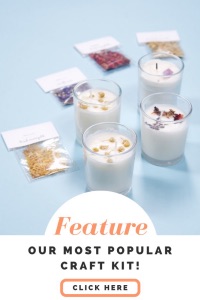
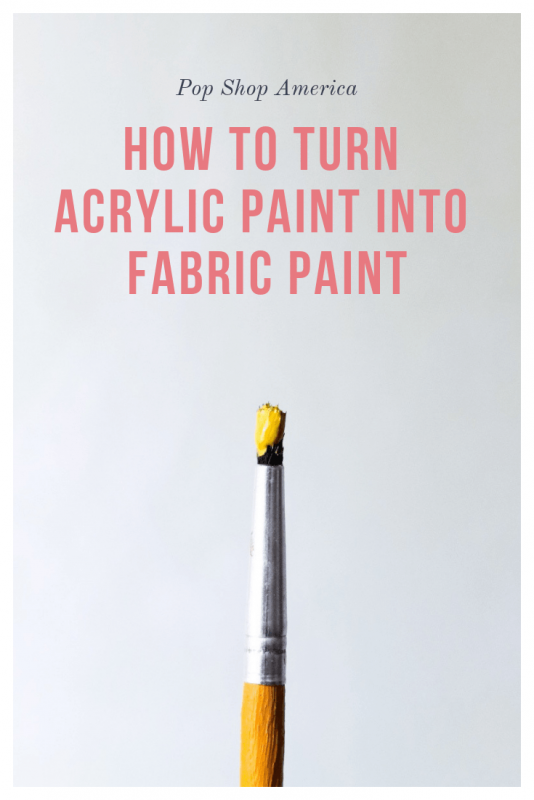
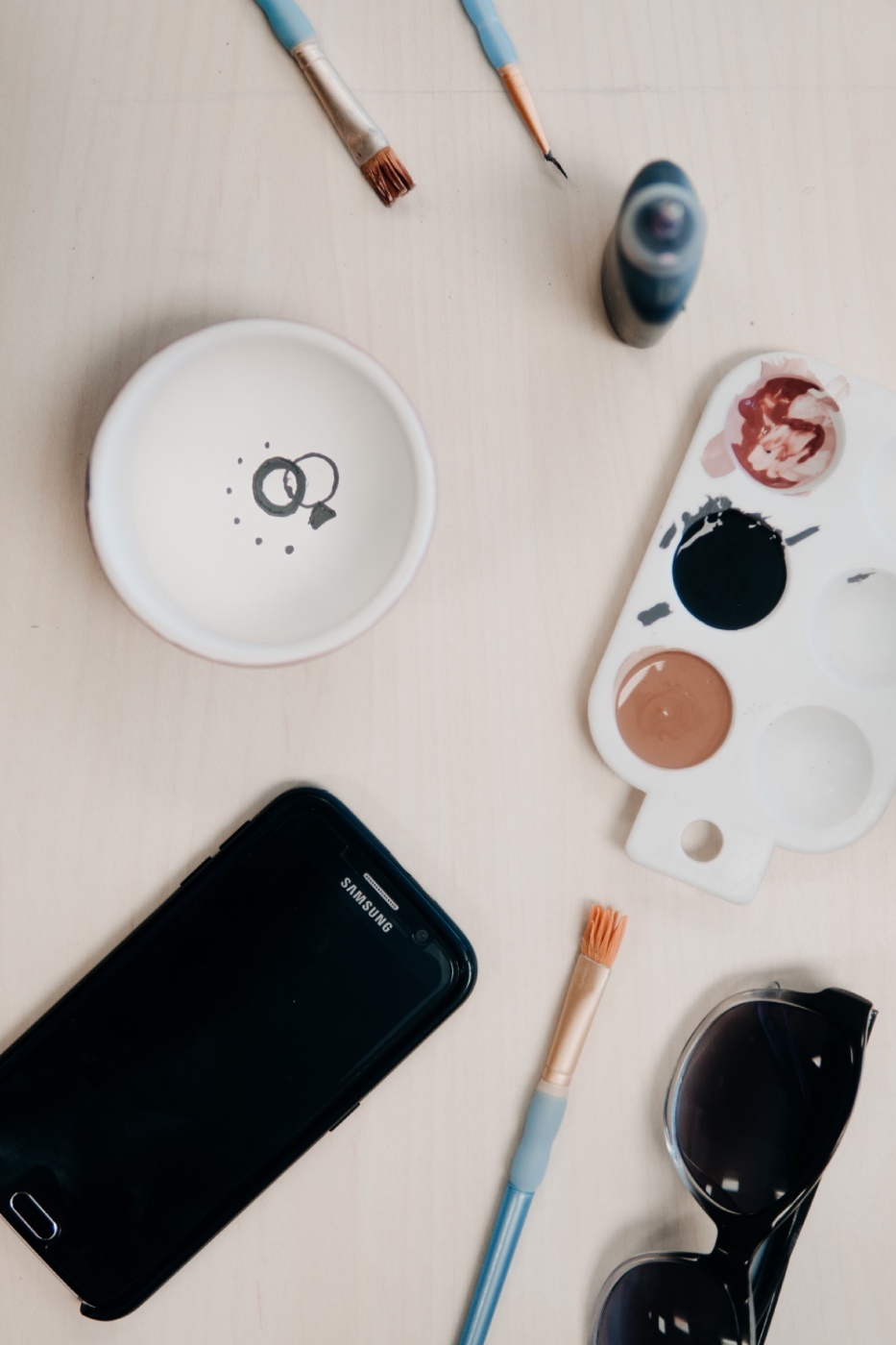
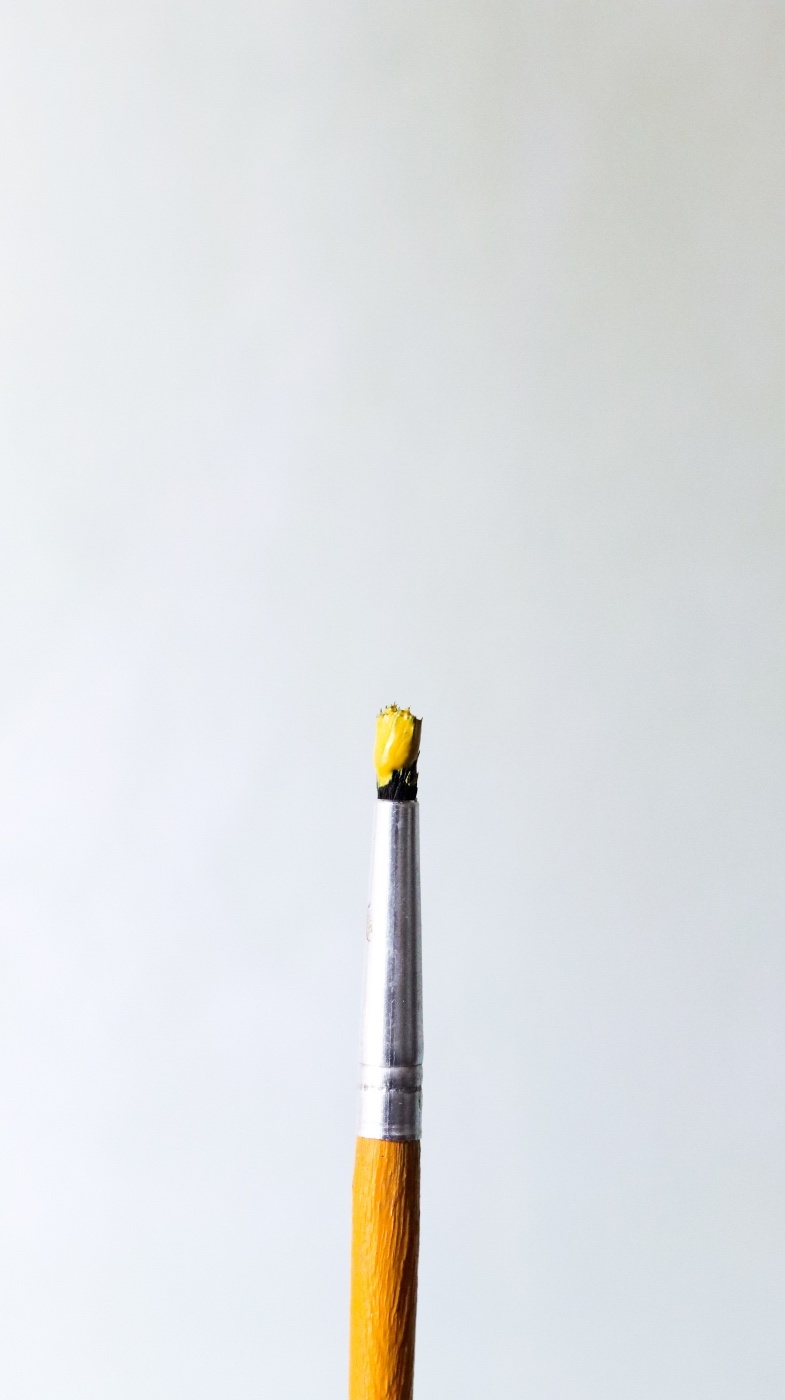
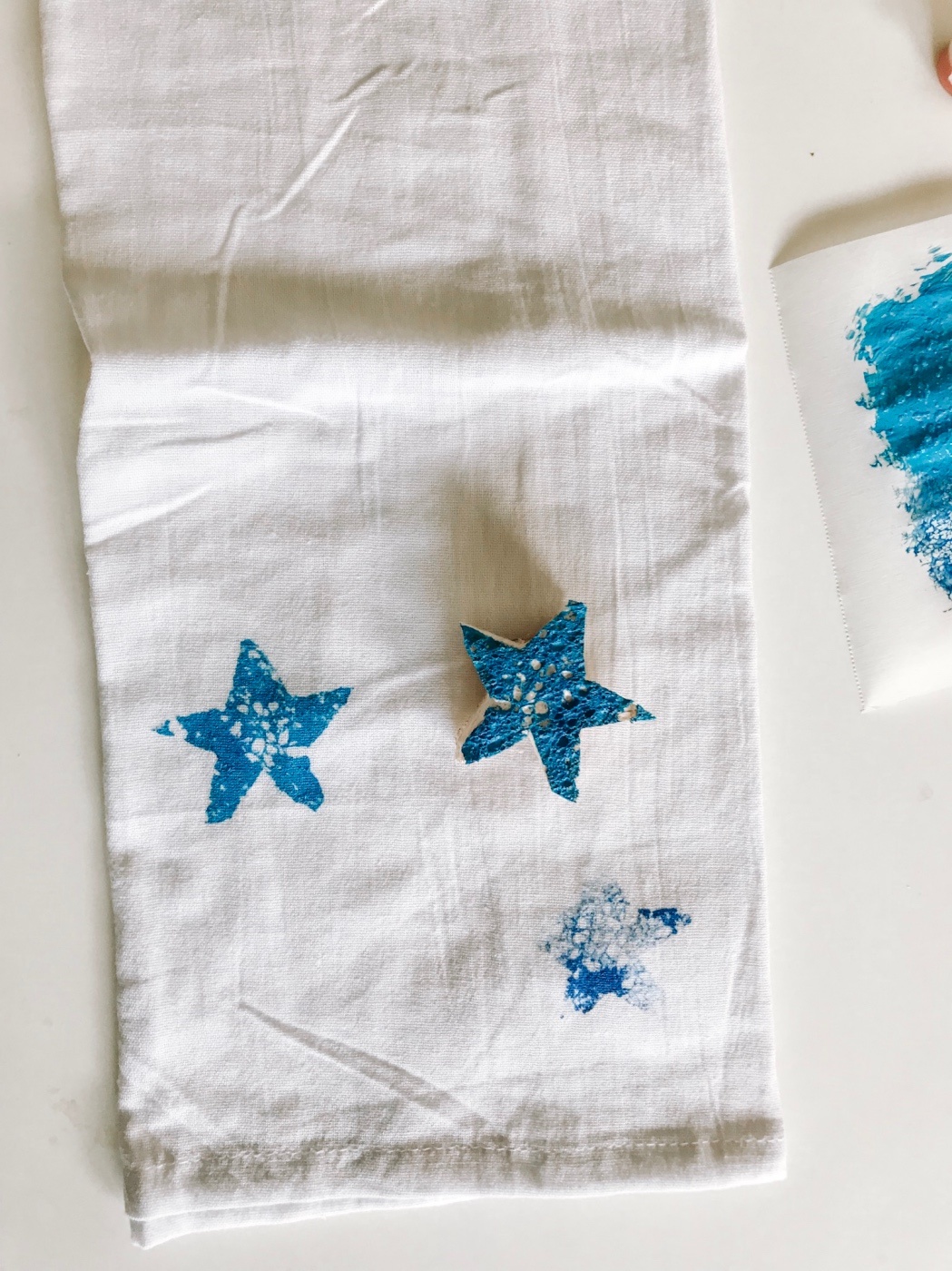
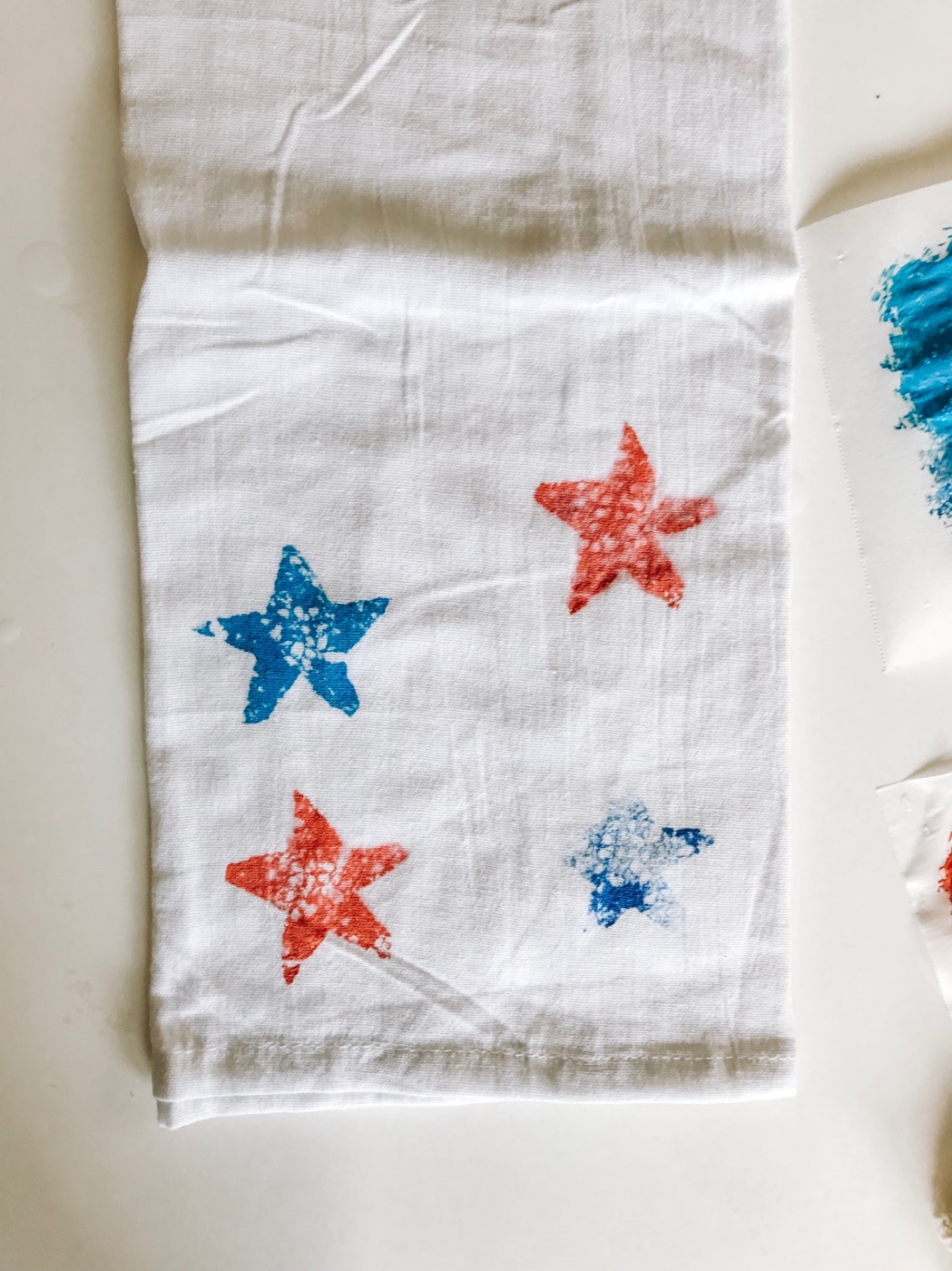
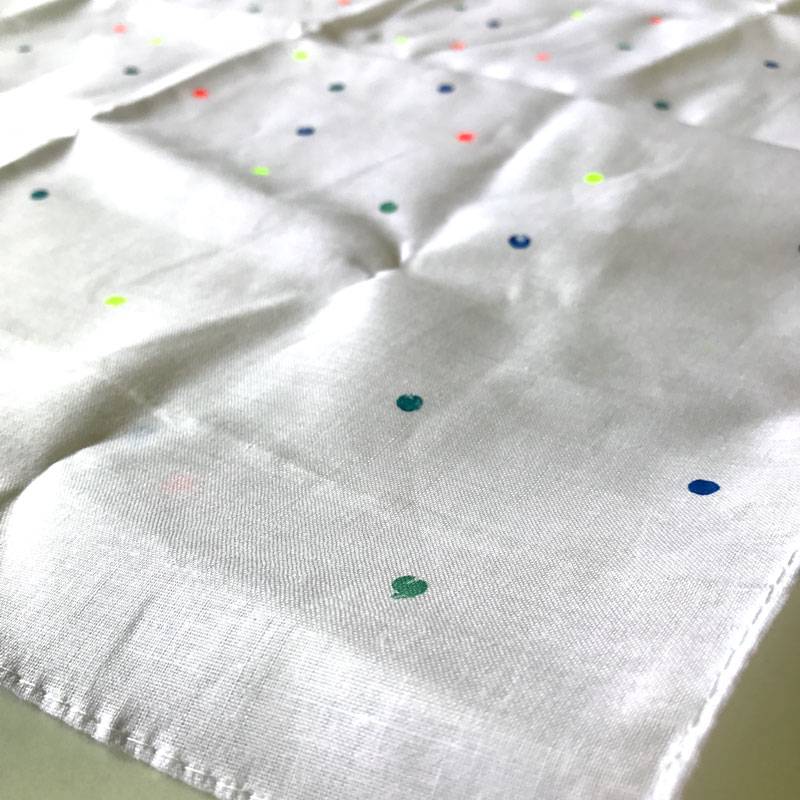
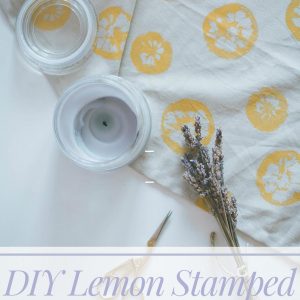
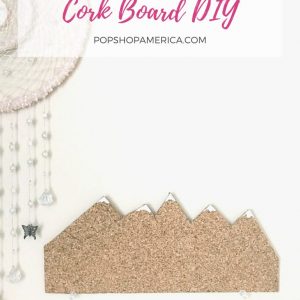
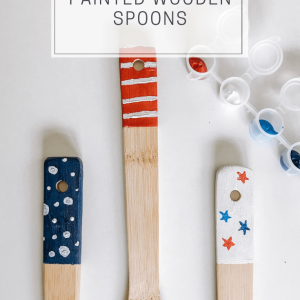
Making fabric paint sounds like something I would love to do. I am now trying to purchase a fabric paint color that appears to be no longer available. What a wonderful idea…make my own fabric paint color…wow!
Me too. I can’t find the fabric medium either. If you get lucky (haha), share your source. I’ll do the same.
Thanks for information on fabric painting. I ‘m painting old part of jeans. Sunflowers looking for wearing them soon
Sounds so cute!
making my own fabric is an idea is so timely.
Can this be used on a chair without looking patchey or streaked? Will seat colors be consistent?
Hi Terri,
Great question. Fabric paint has the texture of paint. It does not have the texture of dye which would be perfectly soft and not add any crunch to the fabric. It sounds like your best bet may be to dye the fabric like this.
Fabric paint is better for added touches, stenciling, and little details.
Excellent thanks
HI i am looking to paint my off white comforter cover the blue gray color using my wall paint. Can i add fabric medium to wall paint to use paint my comforter cover?
thanks
Hi Noorjahan!
That’s a great question. You can make fabric paint with acrylic paint but not house paint. However, it will give you a paint like dry texture thus fabric paint is best for patterning and stamping. For your project, because you need to color your entire comforter, I would recommend dyeing the fabric. You can get fabric dye in gray affordably on Amazon! It’s less than $10!
Thank you for responding with thoughtful answers to questions, I like your methodology, variety and style… keep going!
Hi… first of all things is exactly what I was looking for and thanks to pinterest I found your blog. Am a hobbyist DIYer looking forward to giving my computer chair make over. Came across your article and just wanted to know what’s the difference between acrylic paint and house paint? I have acrylic waterbased fast drying wall paint that I wanna use on the chair back and seat fabric. Will it work with the medium added?
Hi Ruchi,
I have never heard of that product. I would contact the manufacturer or make a test on a very small piece of fabric before proceeding.
I’m doing something wrong🤨. After painting on jeans using acrylic paint and liquitex, heat set the wash. My paint is Not very soft! What to do? 2 to 1 paint? OR 2 to 1 medium?
Hi Sandy,
When you say “using acrylic paint and liquitex..” are you using the correct product? Liquitex is a brand that makes many products. Be sure what you are using is “Fabric Medium.” Because there are so many different brands of acrylic paint in addition to heavy body, medium body, and light paint, there is no set formula for the ratio of acrylic paint to fabric medium. Instead, make the mixture thick and flowable, close to the consistency of honey. Let me know how else I can help? I am here for you.
Love the look of paint when use special spreaders. If in a quilt, it can be gently washed in c9ol or cold water?
Saw your note to use in small areas. Maybe a fan swish across 2 blocks? With a window squeeze-ee. And with paint not too thick; underlying fabric show through? 😊 Thanks.
You can use lighter body paints to still be able to see the fabric through the paint. Just avoid medium and heavy body paints. Yes, you can use any kind of application technique that you like!
Do you have any suggestions for thickening acrylic paint in order to make it more opaque? I am trying to paint on dark fabric and have tried putting down a light/white base and then painting with color but it seems that regardless how much medium I use the fabric always ends up stuff with multiple layers. Additionally, I’m using freezer paper stencils so more than two layers of paint generally results in leaky lines. tia. I’m glad to see a newer post approaching this process. Most that I have found are quite old and seem dated per the materials we have available now
*stiff*
Not stuff
Hi Beth,
That’s a really great question. It’s certainly a challenge to work on darker fabrics in lighter colors. Have you noticed that dark t-shirts with a lot of design or color elements are hard and crunchy? It’s because they use a unique printing method with Plastisol Ink. The tutorial in the blog will also produce a thick texture.
You could use a product like this traditional fabric paint and likely get a softer finished fabric but you might end up with a light or washed out color. Otherwise you could try a heavy bodied acrylic in white under your color – but that would take the fabric to the level of “full crunch.”
Freezer paper will give you leaky lines, so you may want to consider a silkscreen. Otherwise you could try using Mylar Stencil Sheets and apply the fabric paint with a paint roller like this.
I hope that covers everything but message me back if I can help? It’s fun to think through these craft supply challenges. 💯 ✂️ 🎨
I made aprons for the grandparents with my kids handprints using acrylic paint but did not use a medium. Is there anything I can do now to make the paint stay on if they want to wash the aprons or is it just too late?
Hi Nicole!
That’s a great question. Acrylic paint is actually permanent. The fabric medium only makes acrylic paint softer and more wearable on fabric – but doesn’t make it more permanent. I would recommend heat setting it before you wash it – just like you would with fabric paint. Place the aprons in the dryer for 30 minutes. Otherwise, use a heat gun for around the same time. But your aprons should be just fine!
Can I use guache or watercolour on paper lampshades and will it fade?
Hi Anne,
That’s a great question. It actually depends on what paper you use for your lampshades. A lot of people prefer rice paper for making lampshades. If that’s your preferred paper, just test a small strip of the paper first before you apply your watercolor to the whole piece.
I would recommend watercolor over gouache as gouache is a more opaque version of watercolor and thus will not work as well with the lighting. Watercolor is more translucent and thus plays with light better.
Any suggestions for trying to paint open weave tan blinds white?
Could you bleach and then dye them? Paint will always have a texture. Paint is better for printed patters or small surfaces. This tutorial may be helpful if you think dyeing is an option.
Hi Brittany, I’m using my own Chalklets paint on denim. I also made a swirl paint (thinner) mixes nicely for marble designs, on furniture. My base is flat latex paint, with a special mix added. And, yes, it can be a little stiff on fabric. The liquitex is the answer for softness, until I find another remedy.
I have also been using Arteza paint, on denim and color is stronger but still a bit
stiff.
I have noticed that when the painted denim is worn and washed it does get softer and will hold its color. Then, sometimes, I can rub dryed paint with a course towel,to get it softer.
I’m 84 and enjoying the craft In my own booth in KC.
Liking your site with honest information on paint craft. Keep it coming.
I do not ship or sell on line, just enough to keep me ‘young’.
It works very well and I’m going to use the liquitex for a softer finish.
This is amazing Carol!! I visit KC regularly because my Aunt, Uncle, favorite cousin and a couple of my besties all live there. I hope we get to keep in touch.
Hi there 😊I’m in Edinburgh, Scotland. I wish to paint an abstract design on my main lampshades in my lounge. Will acrylic paint , without the medium, be fine to do this ? Obviously the lamp shades will not be getting washed (only dusted….. once in a blue moon)
would this fabric paint method this on a dark wool saddle pad?
Hello Britany…….Do you think one could you use flow improver ???? It is used to improve the flow of acrylic paint…….. John
No because flow medium is used to make paint more liquid and blend, marble and swirl with other paint colors. So it will be too unstable to use for fabric – you wouldn’t be able to control it as well. I would highly recommend Liquitex Fabric Medium – it’s linked in the blog and that’s what I’ve always used.
Hi Brittany, I’m a newby to fabric paint.I’ve got acrylic paint and fabric medium, can I dilute this with water to make a background colourwash on Calico fabric?
No, to make a wash you would need to dye the fabric with fabric dye. My preference is RIT dye.
Fabric paint is thick and hard – like the writing on a screen printed t-shirt.
We don’t have a lot of fabric dye tutorials, but I do have this one that shows how to dye a cotton blanket.
Since calico is cotton, it will be quite similar.
I am not sure if i can use also the cheaper paints that i am trying to get rid of with the liquitex medium? and what happens when i mix different paints from different brands with the liquitex medium paints? anything that I should look out for?
It’s fine to mix different brands as long as you are mixing the same TYPE of paint. But I would make a test on some fabric that you can throw away before you
try it on your finished piece.